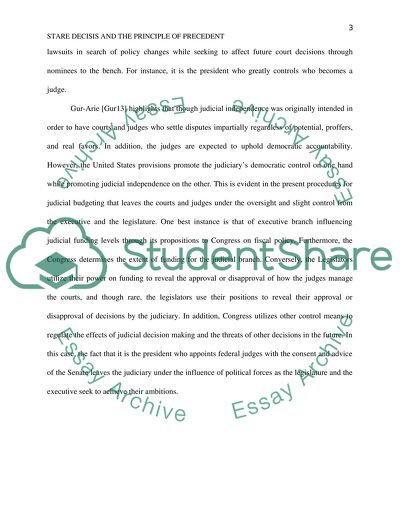Cite this document
(“Stare Decisis and the Principle of Precedent Coursework”, n.d.)
Stare Decisis and the Principle of Precedent Coursework. Retrieved from https://studentshare.org/law/1698138-stare-decisis-and-the-principle-of-precedent
Stare Decisis and the Principle of Precedent Coursework. Retrieved from https://studentshare.org/law/1698138-stare-decisis-and-the-principle-of-precedent
(Stare Decisis and the Principle of Precedent Coursework)
Stare Decisis and the Principle of Precedent Coursework. https://studentshare.org/law/1698138-stare-decisis-and-the-principle-of-precedent.
Stare Decisis and the Principle of Precedent Coursework. https://studentshare.org/law/1698138-stare-decisis-and-the-principle-of-precedent.
“Stare Decisis and the Principle of Precedent Coursework”, n.d. https://studentshare.org/law/1698138-stare-decisis-and-the-principle-of-precedent.


